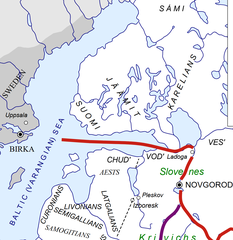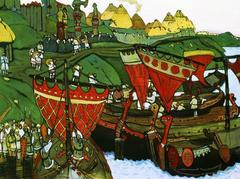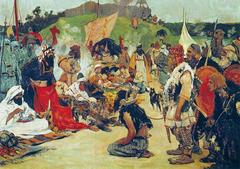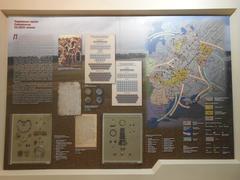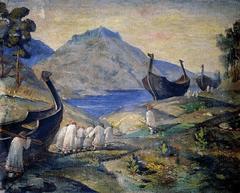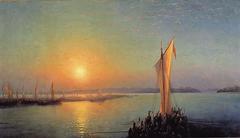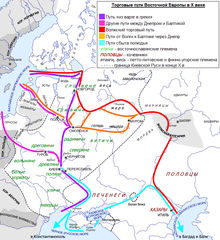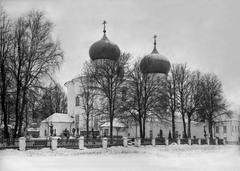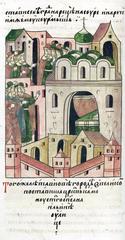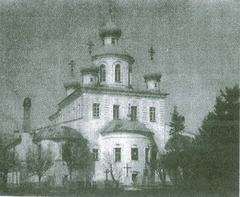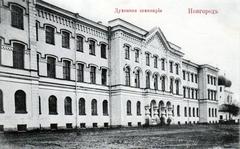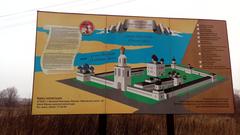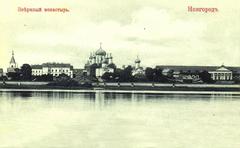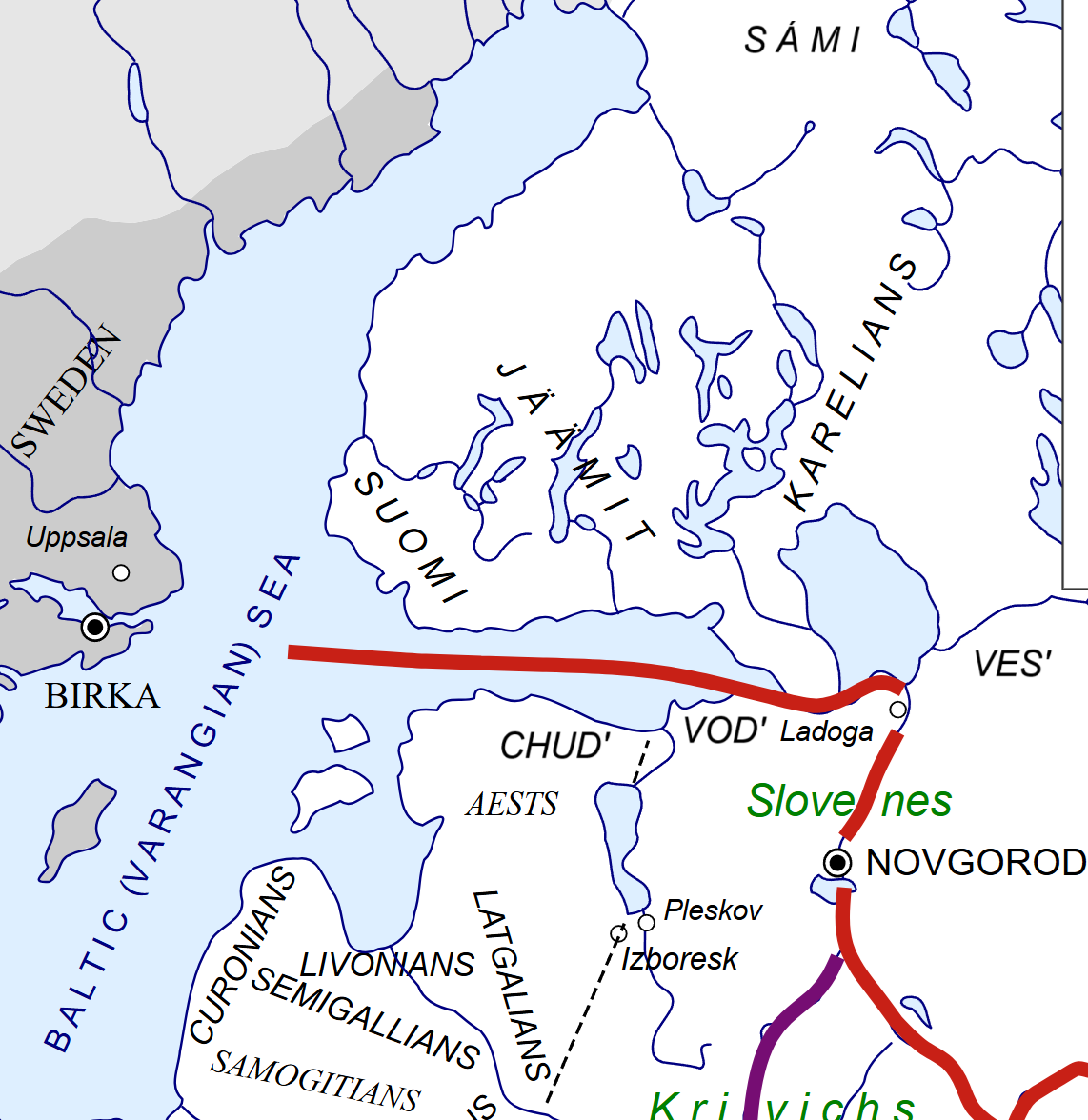
Trade Route from the Varangians to the Greeks in Veliky Novgorod: Visiting Hours, Tickets, and Historical Sites Guide
Date: 14/06/2025
Introduction
The Trade Route from the Varangians to the Greeks (Путь из варяг в греки) stands as one of medieval Eastern Europe’s most impactful waterways, connecting Scandinavia, Kievan Rus’, and the Byzantine Empire. Emerging in the late 8th and 9th centuries, this route catalyzed commerce, cultural exchange, and political development across a vast region. Veliky Novgorod, strategically positioned along the Volkhov River, became a vital hub, shaping the early Russian state. Today, its UNESCO-listed sites let visitors experience the enduring legacy of this historic path. This guide details the route’s origins, key landmarks, practical visiting information, and tips for exploring Veliky Novgorod’s exceptional heritage (Exploring the Trade Route from the Varangians to the Greeks, Veliky Novgorod Visiting Hours and Tickets, Viking Archeurope).
Table of Contents
- Early Origins and Route Development
- Geography and Main Waypoints
- Veliky Novgorod: The Heart of the Route
- Trade, Culture, and Political Influence
- Archaeological Insights
- Decline and Legacy
- Visitor FAQs
- Conclusion & How to Plan Your Visit
- References
Early Origins and Route Development
The Varangian-Greek trade route emerged in the late 8th and early 9th centuries, with its significance documented in the Primary Chronicle by the early 12th century. Initially used for plundering, slave raids, and commerce, the route connected the Baltic Sea to the Black Sea, enabling the flow of goods, people, and ideas between the Norse, Slavs, and Byzantines. Its prominence peaked in the 10th and 11th centuries, deeply influencing the development of early Rus’ society.
Geography and Main Waypoints
The route relied on interconnected rivers and portages: starting at the Gulf of Finland, passing Lake Ladoga and Lake Ilmen, descending the Volkhov River to Veliky Novgorod, and continuing to Kiev, the Dnieper, and on to Constantinople (modern-day Istanbul). Key stops included Staraya Ladoga, Veliky Novgorod, and Rurikovo Gorodische (Viking Archeurope).
Veliky Novgorod: The Heart of the Route
Historical Context
Veliky Novgorod, established by the 9th century, was pivotal for both trade and governance. As the legendary seat of Rurik, founder of the Rurikid dynasty, Novgorod evolved into a prosperous republic with a unique veche (assembly) system. Its prosperity was fueled by the exchange of furs, honey, and amber for Byzantine luxuries, and its independence endured until Moscow’s annexation in 1478 (restgeo.com).
Main Sites: Hours & Ticket Information
Novgorod Kremlin (Detinets)
- Hours: 10:00–18:00 daily (seasonal changes may apply)
- Tickets: Adults ~350–500 RUB; discounts for students/seniors. Purchase onsite or via official portals (Veliky Novgorod Kremlin).
- Highlights: St. Sophia Cathedral (1045–1050), Millennium of Russia Monument (1862), Bell Tower and Clock Tower (panoramic views).
- Accessibility: Most areas accessible; some historic structures have limited wheelchair access.
St. Sophia Cathedral
- Hours: 09:00–17:00
- Tickets: Included with Kremlin admission; guided tours available for an extra fee.
Yaroslav’s Court (Yaroslavovo Dvorishche)
- Hours: 10:00–18:00
- Tickets: Free access to grounds; some churches may request donations.
- Features: St. Nicholas Cathedral (1113), Arcade of the Gostiny Dvor, Hanseatic Fountain.
Vitoslavlitsy Museum of Wooden Architecture
- Hours: 09:00–18:00 (summer); shorter in winter
- Tickets: ~300 RUB; guided tours available.
Rurikovo Gorodische
- Hours: 10:00–16:00
- Tickets: ~150 RUB; guided archaeological tours recommended.
Monasteries and Churches
- Hours: Generally 09:00–17:00
- Tickets: Vary by site; many accept donations.
Accessibility & Visitor Tips
- Mobility: Most major sites have ramps/accessible paths, but some medieval structures have uneven surfaces.
- Guided Tours: Available in English and Russian; book in advance, especially in peak season.
- Best Time to Visit: May–September for mild weather and full site access.
- Getting There: Trains from St. Petersburg (3–4 hrs) and Moscow (8 hrs); city center is walkable.
- Language: English is limited outside tourist sites; translation apps recommended.
Nearby Attractions
- Staraya Russa: Explore medieval saltworks and Dostoevsky’s house museum.
- Volkhov River Embankment: Scenic walks and boat tours.
- Festivals: Hanseatic Days, medieval reenactments, and folk fairs.
Trade, Culture, and Political Influence
Novgorod’s merchants traded fur, wax, honey, and timber for Byzantine wine, silks, and coins. The city’s veche assembly fostered early self-governance, and its artistic legacy is reflected in icon painting and unique architectural styles (featherandthewind.com). As a Hanseatic League member, Novgorod had extensive European ties, and its prosperity persisted even during periods of Mongol pressure.
Archaeological Insights
Excavations confirm the route’s navigability and reveal artifacts such as birch bark manuscripts, jewelry, and Varangian weaponry. The Novgorod State Museum-Reserve and Vitoslavlitsy Museum display these treasures, deepening understanding of the region’s multicultural past.
Decline and Legacy
By the late 11th century, the route’s prominence faded as new paths via Western Europe emerged. However, Veliky Novgorod’s monuments remain a testament to its storied past, earning UNESCO World Heritage status and attracting scholars and travelers worldwide.
Visitor FAQs
Q: What are Novgorod Kremlin’s visiting hours?
A: 10:00–18:00 daily; seasonal changes possible.
Q: How much are tickets for the main sites?
A: Kremlin: 350–500 RUB; Vitoslavlitsy: ~300 RUB; Rurikovo Gorodische: ~150 RUB.
Q: Are guided tours available in English?
A: Yes, at most major sites. Advance booking is recommended.
Q: Is the city accessible for visitors with disabilities?
A: Most sites have some accessibility features, but historic buildings may have limitations.
Q: When is the best time to visit?
A: Late spring to early autumn (May–September).
Conclusion & How to Plan Your Visit
Veliky Novgorod offers a unique portal into the medieval world, where the echoes of the Varangian-Greek trade route still resonate through its architecture, museums, and living traditions. Plan your visit by checking official tourism sites, booking tickets and tours in advance, and considering the best travel season. For comprehensive guidance and up-to-date details, use resources like the Audiala app and connect with local tourism offices.
Start your journey to Veliky Novgorod today and step into the heart of Russia’s ancient trade route!
References and Further Reading
- Exploring the Trade Route from the Varangians to the Greeks: Visiting Veliky Novgorod’s Historic Sites (audiala.com)
- Veliky Novgorod Visiting Hours, Tickets, and Top Historical Sites (restgeo.com)
- Exploring Veliky Novgorod Historical Sites: Visiting Hours, Tickets, and Key Attractions (audiala.com/veliky-novgorod/kremlin)
- Visiting the Novgorod Kremlin and Historic Sites in Veliky Novgorod: Hours, Tickets, and Travel Tips (hellotravel.com)
- Viking Archeurope: Rus Trade Routes to the East (viking.archeurope.com)
- Feather and the Wind: Things to do Veliky Novgorod Russia (featherandthewind.com)
- Big Country Travel
- Discovery Russia
